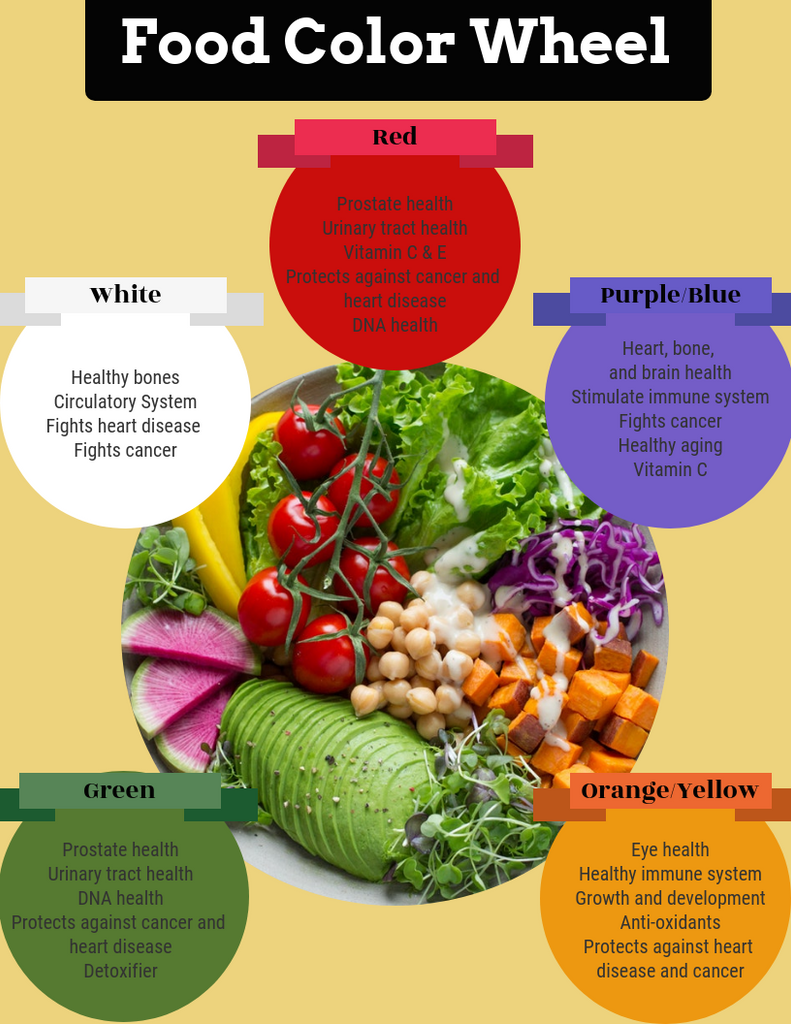The Macrobiotic Lifestyle
Spring is the time for delicious fruits, winter is the time for root vegetables. Our climate and the foods we eat are designed to change seasonally.
This changing of the seasons and resulting changing of food varieties are also regional (the foods I eat in California, may not be foods common in Africa). Even though the selection of food varies, the overall concept remains the same; eat with the seasons.
The idea that we should eat balanced meals with the seasons is called a Macrobiotic Diet (“Macro” meaning great, and “bios” meaning life).
A macrobiotic diet consists of mostly grains, veggies, fish, beans, seeds, fruits, and nuts.
It is higher in proteins, iron, calcium, and other minerals and vitamins. You are also encouraged to consume foods that have a lower glycemic index. This simply means that the foods do not increase your blood sugar levels so drastically.
PH FACTOR
A key component of eating a macrobiotic diet is an awareness of the Ph level of the foods you are eating. You want a good balance.
White bread, cakes, chocolate, alcohol, etc. all are very acidic in addition to not being healthy for you.
Celery, dates, figs, seaweeds, etc are all very alkaline.
As you learn which foods fall where on the Ph scale, you will be able to eat increasingly balanced meals leaving your body feeling more energized.
SODIUM AND POTASSIUM
Sodium has been demonized by the health food industry for a while, but it is essential to a healthy mind and body.
Without proper amounts of potassium and sodium, you can exhibit symptoms of muscle weakness, confusion, irritability, fatigue, heart problems, and chronic diarrhea.
In western diets, we often unknowingly consume too much sodium. There are a few reasons for this, one being salt is added to many processed foods. Try excluding foods with added salt, and instead take control of your salt intake. Salt is not bad, but just as too much salt is unhealthy, so is too little.
A few indicators that you may be consuming too much salt are cravings for liquids, fruits, and sugars. These are simply your body’s way of trying to bring balance back to your system.
GLYCEMIC INDEX (GI)
The glycemic index is well known by diabetics and health-fanatics. It is the system by which we measure how foods act on your blood sugar levels.
Eating foods that contain a high GI can cause you to feel hyperactive and unfocused.
Everyone responds differently to carbohydrates. I, for example, am hypersensitive to sugar. My body works on overdrive to keep my body in check, which exhausts my thyroid. Other individuals like diabetics are unable to produce the insulin required to rid the body of the sugar present in their blood.
Maintaining balanced sugar levels will provide you with the lasting energy you need with no hangry withdrawals or afternoon exhaustion.
COLOR INDICATOR
When consuming vegetables you can guess what the benefits might be based on the color.
GREEN - Detoxifier and anti-cancer properties
RED - protects against heart disease, vitamin C and E
ORANGE - Antioxidants
YELLOW - Protect against cancer and heart disease
PURPLE - Rich in vitamin C and bioflavonoids stimulate the immune system and anti-inflammatory
WHITE - Bone and blood health

CONCLUSION
Ultimately, a Macrobiotic diet is extremely similar to a Paleo diet. The emphasis, however, is less on “eat what your ancestors ate” and more in the belief that a balanced diet will create a happy healthy body. The ying-yang factor of eating a balance of acidic and alkaline foods also separates itself from the Paleo diet.
One big takeaway is to minimize or eliminate your consumption of processed foods and refined sugars.
Also, eating with the seasons is important. The earth naturally produces certain foods at different times of the year. During winter, eating hardier root-filled soups to warm and fill your stomach is ideal. In spring and summer, leafy greens and fruit are in abundance. This is perfect for hydrating and cleansing your body after the more carb-rich winter months.
Listen to your body. The more in tune you are with it, the easier it will be to feel what foods heal your body and which foods aggravate your system.
